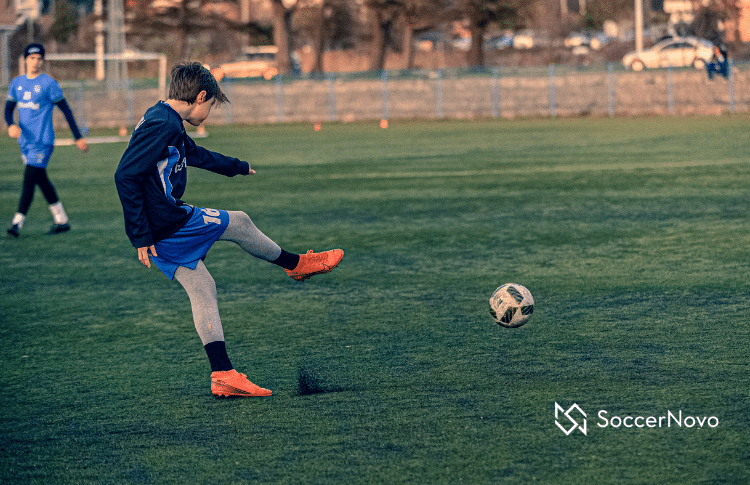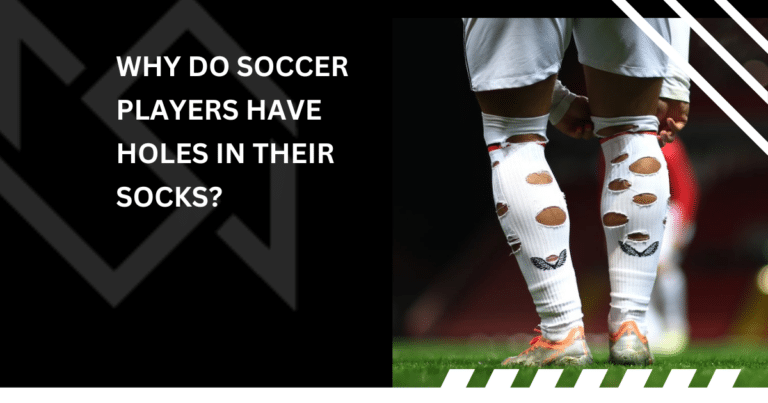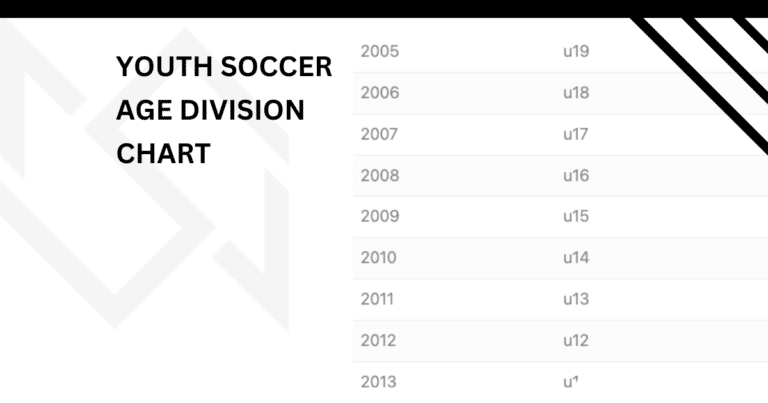What is a Clearance in Soccer?
A clearance is a strong kick by a player to get the ball out of their team’s penalty area and away from danger.
This can be done by kicking the ball high and far up the field or by passing downfield it to a teammate who is in a safer position.
Clearances are an important part of a defender’s job in soccer.
When the opposing team is attacking and putting pressure on your team’s defense, a clearance can help relieve that pressure and give your team a chance to regroup. It can also prevent the other team from scoring a goal or creating a scoring opportunity.
I’ve seen it many times in youth soccer games where a defending player tries to kick it out but doesn’t hit it right and it leads to a goal. Or, the defense makes a great play only to turn it over to the other team again.
In this article, let’s dig more into clearances when it comes to soccer.
Types of Clearances
There are several types of clearances that players can use, depending on the situation and their individual strengths. Some common types of clearances include:
- Boot clearance: A player simply kicks the ball as hard as they can to get it out of their half of the field. This is the most common type of clearance among youth soccer teams.
- Header clearance: A player jumps up and uses their head to clear the ball away from danger. For players under 12, most leagues do not allow for headers.
- Volley clearance: A player kicks the ball out of the air before it hits the ground, sending it far down the field.
- Slide tackle clearance: A player slides on the ground and uses their feet to clear the ball away from danger. This can be a very risky play as it can result in a penalty or injury.
When to Use a Clearance in Soccer
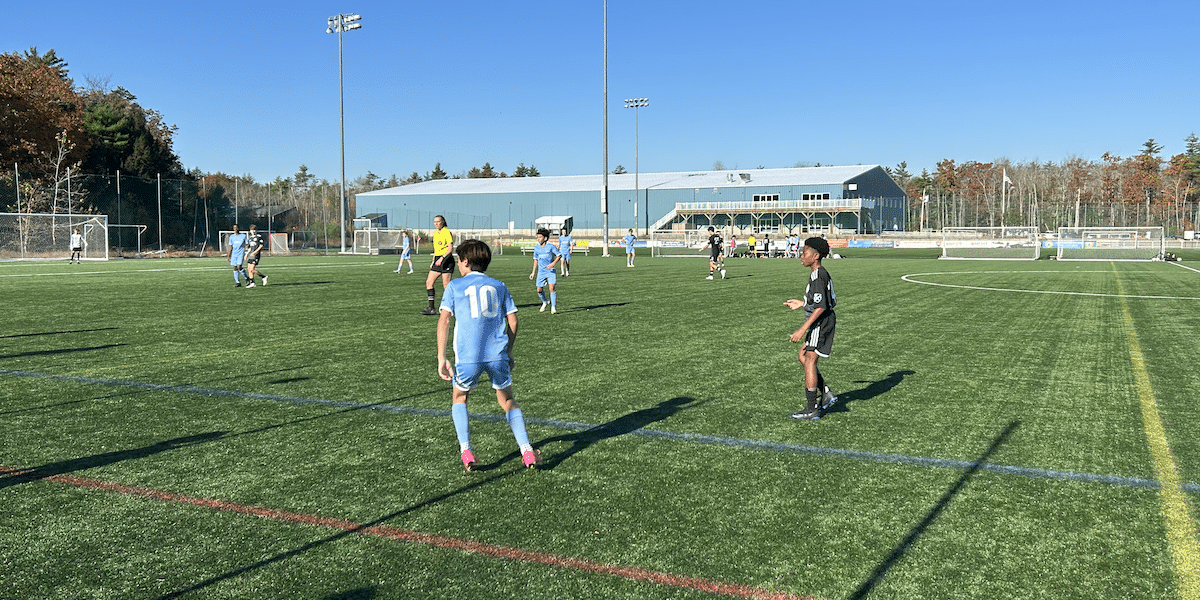
Clearances are typically used when a team is under pressure from the opposing team and needs to get rid of the ball quickly.
In many cases, defenders will have time to collect themselves to pass to a teammate rather than blindly kick the ball out of their area.
Some common situations where clearance might be necessary include:
- When the opposing team is pressing high up the field and putting pressure on the defensive team.
- When the goalkeeper has possession of the ball and needs to quickly get it out of their half of the field.
- When a defender is being closed down by an opposing player and needs to get rid of the ball quickly to avoid losing possession.
- During a corner kick when everyone is jumbled together.
Common Clearance Mistakes and How to Avoid Them

Here are some tips to help you avoid these mistakes and make the most of your clearances:
Mistake #1: Kicking the ball too hard
While it may seem like a good idea to get the ball as far away from your goal as possible, this can be counterproductive.
When you kick the ball too hard, it can be difficult for your teammates to control it, and it may end up going out of bounds or back to the opposing team. This can often start another attack while your team is scattering to get into their positions.
To avoid this mistake, focus on accuracy rather than power when you make your clearance. Try to aim for a specific spot on the field where your teammates can easily control the ball and start a counterattack.
Mistake #2: Clearing the ball straight up in the air
While kicking the ball straight up the middle of the field may seem like a safe option, it can be quite dangerous.
When you clear the ball in the middle of the field, it gives the opposing team time to regroup and potentially create another scoring opportunity.
Try to clear the ball to the side of the field. This will make it more difficult for the opposing team to control the ball and start their offense. Use the sidelines as an extra defender.
Mistake #3: Not sure whether to pass or clear
When you are undecided about clearing or passing it, the split-second hesitancy can lead to mistakes.
For example, a cross might come into you and you initially want to clear it but then you see an open teammate. You try to pass to that teammate but muscle memory kicks in and it floats over their head. This can lead to another attack by the offensive team.
I’ve seen a quick lapse in judgment cost teams a victory. A defensive player may overthink their clearance and take one more touch but the offense gets there to steal it. This can often lead to a great opportunity to score by the opponent.
Trust your intuition and act on it right away. You’ll find more success this way.
Final Thoughts on Clearances
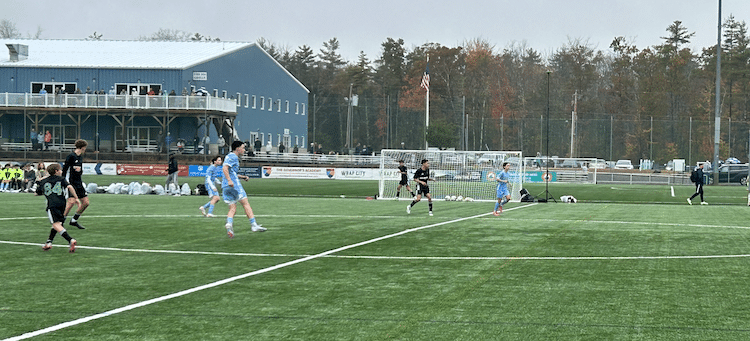
A clearance in soccer is a crucial defensive move that helps a team regain possession of the ball and prevent the opposition from scoring.
Clearances can be executed in various ways, including headers, volleys, and passes, and require quick decision-making and precise execution.
Understanding the different types of clearances and when to use them is essential for defenders and goalkeepers in soccer.
Remember that a good clearance first comes with clear decision-making. Decide to clear then the execution is easy.

